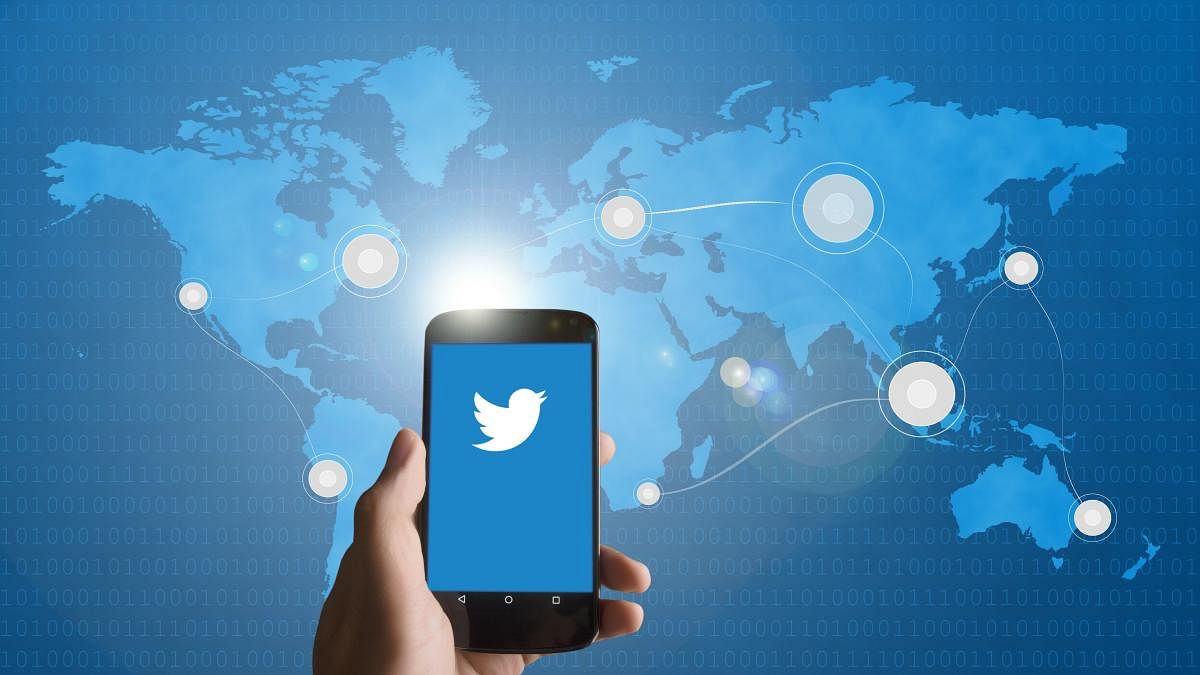
As someone who likes to write about technology and its impact on society, I have been a late entrant to social media. I joined Twitter two years ago and have found the platform to be exhausting. Every time I log in, I notice trends blocking, banning, or cancelling brands and celebrities for the tiniest of ‘mistakes’. Instead of being a news digest, Twitter, for me, has been a constant source of angst and negativity.
It is strange to think that the platform was not always like this. For all its current boycotts, Twitter has historically been a source of actual change. It is a company with an interesting past and a promising future. And as Jack steps down, it is an excellent time to look at what is perhaps Twitter’s most impactful moment since its inception.
On 12 June 2009, Mahmoud Ahmadinejad, the Iranian president, had announced that he had won the majority vote in the Iranian presidential election. This led to widespread accusations being whispered around the country that he had rigged the election. People began by voicing their dissent on Twitter and then took to the streets in dozens of cities across Iran.
A question of maintenance
Twitter, despite being banned, became a hub to share videos of people being beaten on the streets and sometimes even shot by Iranian forces. Thanks to this activity, governments in Russia, the US, and the UK were able to understand better what was happening on the ground.
Looking at a protest on TV is markedly different from viewing it via Twitter, where it is easier for anyone interested to hear individual voices. So when Jared Cohen, then advisor to Hilary Clinton and recently back from Iraq, heard that Twitter was scheduled to go down for maintenance at the time of a major Iranian protest, he decided to reach out to Jack Dorsey.
According to Nick Bilton, in his book ‘Hatching Twitter’, Cohen mentioned that whether or not Twitter postponed its scheduled maintenance could make a difference in terms of what happens in Iran. Because of the situation, if Twitter decided to go ahead with the scheduled maintenance, it would inadvertently support the Iranian government. On the other hand, if it decided to postpone the maintenance, it would look like it was on the side of the protestors.
Somehow, Twitter’s co-founders, including Jack, had found themselves playing an integral part in Iranian politics while at the same time being pressured by State Department officials, a situation no one had prepared them for.
Eventually, they decided to postpone the maintenance. Twitter, then a three-year-old tech company, looked like it was taking sides in the governance of an independent nation-state, even though that was the last place it wanted to be in. Plenty of backlash followed, and the event still divides opinion on what Twitter ought to have done.
There is no guide to regulate platforms that have the power to shape the future of countries. It can be hard to understand whether users shape the platform or whether the platform shapes the users.
By choice or by design, Twitter has historically been a key part of protests across the world. Zeynep Tufekci’s book, ‘Twitter and Tear Gas’, does an excellent job of documenting that.
It might be too soon to say whether any of this is going to change with the new leadership in place. Time will tell how the company will evolve, monetise its user base, and command the space it occupies. However, at its finest, let’s hope it continues to be a source of tangible change.
The writer is a policy analyst working on emerging technologies. He tweets @thesethist
Tech-Tonic is a monthly look-in at all the happenings around the digital world, both big and small.